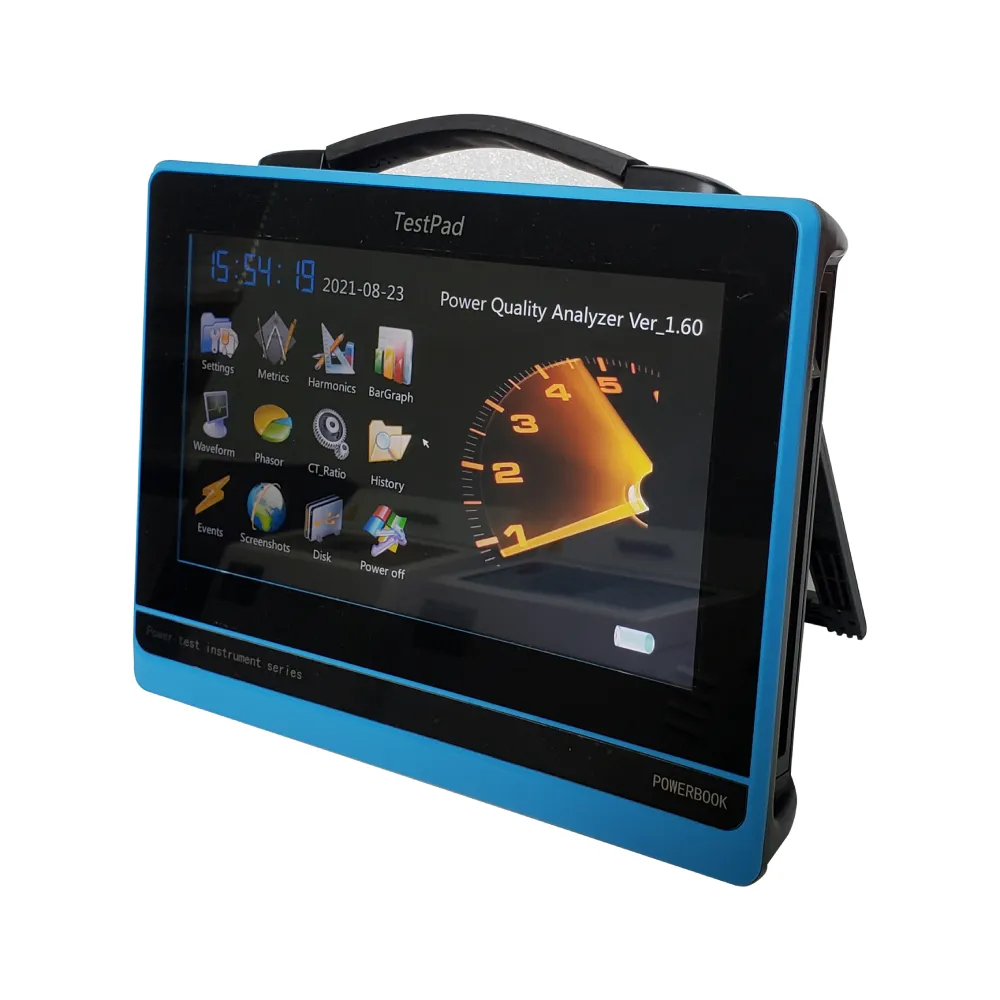 English
English



-
 Afrikaans
Afrikaans -
 Albanian
Albanian -
 Amharic
Amharic -
 Arabic
Arabic -
 Armenian
Armenian -
 Azerbaijani
Azerbaijani -
 Basque
Basque -
 Belarusian
Belarusian -
 Bengali
Bengali -
 Bosnian
Bosnian -
 Bulgarian
Bulgarian -
 Catalan
Catalan -
 Cebuano
Cebuano -
 China
China -
 China (Taiwan)
China (Taiwan) -
 Corsican
Corsican -
 Croatian
Croatian -
 Czech
Czech -
 Danish
Danish -
 Dutch
Dutch -
 English
English -
 Esperanto
Esperanto -
 Estonian
Estonian -
 Finnish
Finnish -
 French
French -
 Frisian
Frisian -
 Galician
Galician -
 Georgian
Georgian -
 German
German -
 Greek
Greek -
 Gujarati
Gujarati -
 Haitian Creole
Haitian Creole -
 hausa
hausa -
 hawaiian
hawaiian -
 Hebrew
Hebrew -
 Hindi
Hindi -
 Miao
Miao -
 Hungarian
Hungarian -
 Icelandic
Icelandic -
 igbo
igbo -
 Indonesian
Indonesian -
 irish
irish -
 Italian
Italian -
 Japanese
Japanese -
 Javanese
Javanese -
 Kannada
Kannada -
 kazakh
kazakh -
 Khmer
Khmer -
 Rwandese
Rwandese -
 Korean
Korean -
 Kurdish
Kurdish -
 Kyrgyz
Kyrgyz -
 Lao
Lao -
 Latin
Latin -
 Latvian
Latvian -
 Lithuanian
Lithuanian -
 Luxembourgish
Luxembourgish -
 Macedonian
Macedonian -
 Malgashi
Malgashi -
 Malay
Malay -
 Malayalam
Malayalam -
 Maltese
Maltese -
 Maori
Maori -
 Marathi
Marathi -
 Mongolian
Mongolian -
 Myanmar
Myanmar -
 Nepali
Nepali -
 Norwegian
Norwegian -
 Norwegian
Norwegian -
 Occitan
Occitan -
 Pashto
Pashto -
 Persian
Persian -
 Polish
Polish -
 Portuguese
Portuguese -
 Punjabi
Punjabi -
 Romanian
Romanian -
 Russian
Russian -
 Samoan
Samoan -
 Scottish Gaelic
Scottish Gaelic -
 Serbian
Serbian -
 Sesotho
Sesotho -
 Shona
Shona -
 Sindhi
Sindhi -
 Sinhala
Sinhala -
 Slovak
Slovak -
 Slovenian
Slovenian -
 Somali
Somali -
 Spanish
Spanish -
 Sundanese
Sundanese -
 Swahili
Swahili -
 Swedish
Swedish -
 Tagalog
Tagalog -
 Tajik
Tajik -
 Tamil
Tamil -
 Tatar
Tatar -
 Telugu
Telugu -
 Thai
Thai -
 Turkish
Turkish -
 Turkmen
Turkmen -
 Ukrainian
Ukrainian -
 Urdu
Urdu -
 Uighur
Uighur -
 Uzbek
Uzbek -
 Vietnamese
Vietnamese -
 Welsh
Welsh -
 Bantu
Bantu -
 Yiddish
Yiddish -
 Yoruba
Yoruba -
 Zulu
Zulu
Pricing Trends for Distillation Equipment in the Chemical Industry
Understanding the Price of Distillation Equipment
Distillation is a fundamental process in the chemical, pharmaceutical, and food industries, among others. It is used to separate and purify liquids based on differences in their boiling points. The apparatus used for this process, known as distillation equipment, comes in various types and sizes, which significantly influence their pricing. Understanding the factors that contribute to the cost of distillation equipment is essential for businesses and researchers looking to invest wisely.
Types of Distillation Equipment
The price of distillation equipment can vary greatly depending on the type and complexity of the system. Basic setups, such as simple pot stills, are generally more affordable, whereas advanced equipment, such as fractional distillation columns or vacuum distillation apparatus, can be significantly more expensive. Here’s a brief overview of the common types of distillation equipment
1. Pot Stills Often used in small-scale operations, pot stills are relatively simple and affordable, making them popular for home distillers and small distilleries. Prices typically range from a few hundred to several thousand dollars, depending on the materials and capacity.
2. Fractional Distillation Units These are more complex systems used for separating mixtures into multiple components based on boiling points. The price for fractional distillation columns can range from a few thousand dollars to tens of thousands, depending on the size and sophistication of the system.
3. Vacuum Distillation Units Used for distilling heat-sensitive materials, these units require specialized technology to operate under reduced pressure. As a result, they often come at a premium, with prices starting in the thousands and potentially reaching into the hundreds of thousands for industrial-scale units.
4. Continuous Distillation Systems Used for large-scale production, continuous distillation setups are the most expensive, often requiring custom engineering to meet specific production needs. Prices for these systems can vary widely but typically start in the tens of thousands and can go much higher depending on capacity and features.
Factors Affecting Price
distillation equipment price

Several key factors contribute to the price of distillation equipment
1. Material The choice of materials plays a significant role in pricing. Stainless steel is commonly used for its durability and resistance to corrosion, but the quality and grade of the steel can impact costs.
2. Size and Capacity Larger systems that can handle more volume naturally cost more. Companies must consider their production needs when selecting equipment to avoid overspending on unnecessary capacity.
3. Technology and Features Advanced automation, temperature controls, and safety features can increase the cost of distillation equipment. Buyers must evaluate the importance of these features relative to their budget and requirements.
4. Supplier and Brand Reputation Established brands with a reputation for quality and reliability often charge higher prices. However, investing in reputable equipment can lead to lower maintenance costs and improved efficiency in the long run.
5. Customization Custom-built systems that cater to specific processes or production requirements will often carry a higher price tag than off-the-shelf equipment.
Conclusion
Investing in distillation equipment is a significant decision for businesses and researchers alike. Understanding the various types of equipment available and the factors influencing their pricing can help potential buyers make informed choices. While initial costs are essential, it’s crucial also to consider efficiency, durability, and the specific needs of the intended application. By carefully evaluating these aspects, businesses can find the right distillation solutions that align with their operational goals and budget constraints.
-
Ensuring Transformer Reliability with High-Precision Turns Ratio TestingNewsJul.18,2025
-
Ensuring SF₆ Gas Safety: Introducing PUSH’s Integrated SF₆ Analyzer for Dew Point, Purity, and Decomposition MonitoringNewsJul.10,2025
-
Exploring the Main Types of Industrial Endoscopes and Their Applications Across IndustriesNewsJul.04,2025
-
Testing Equipment Industry Sees Major Advancements in 2025: Smart & Precision Technologies Lead the WayNewsJun.06,2025
-
Applications of Direct Current Generators in Renewable Energy SystemsNewsJun.05,2025
-
Hipot Tester Calibration and Accuracy GuidelinesNewsJun.05,2025



